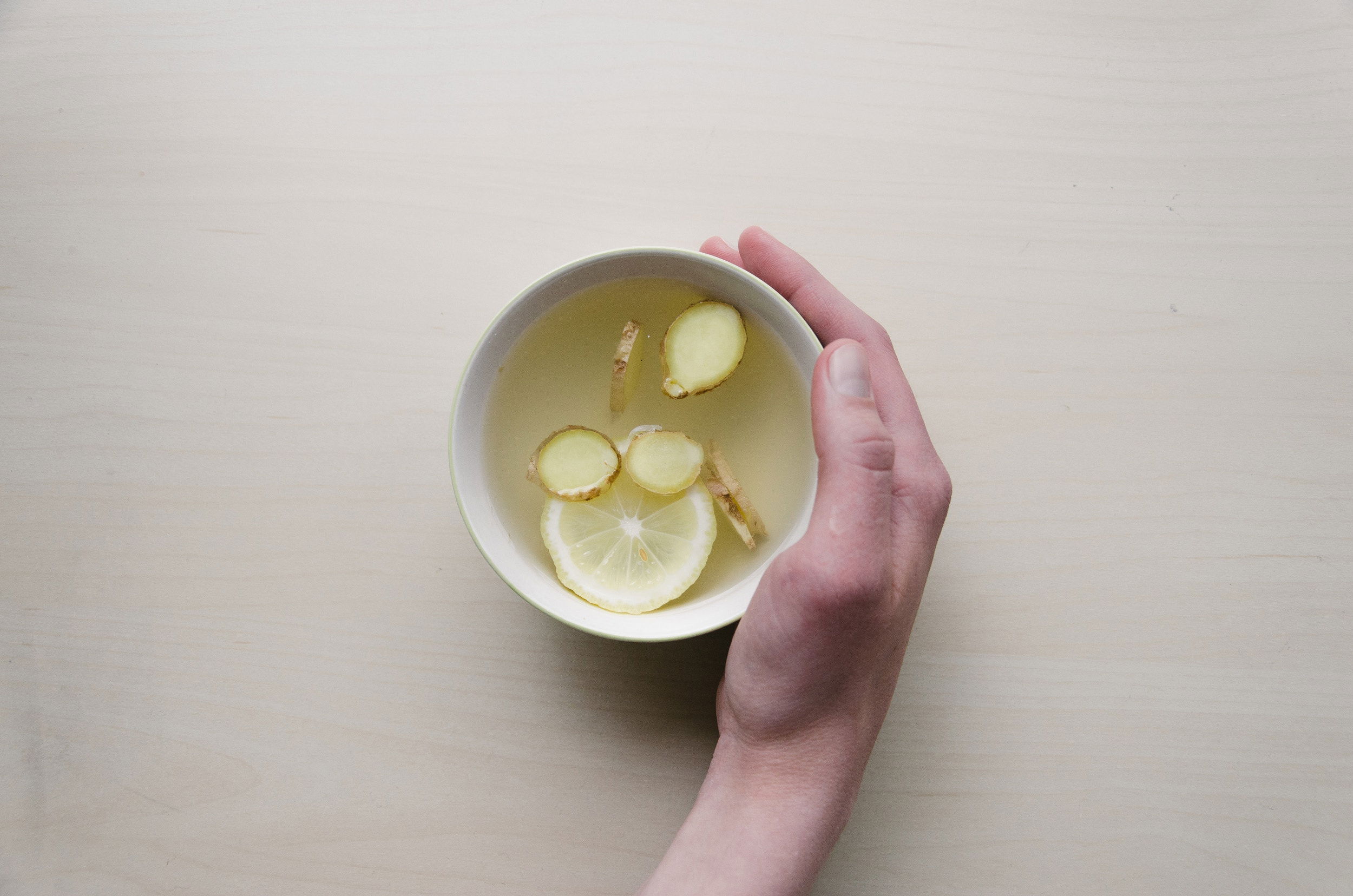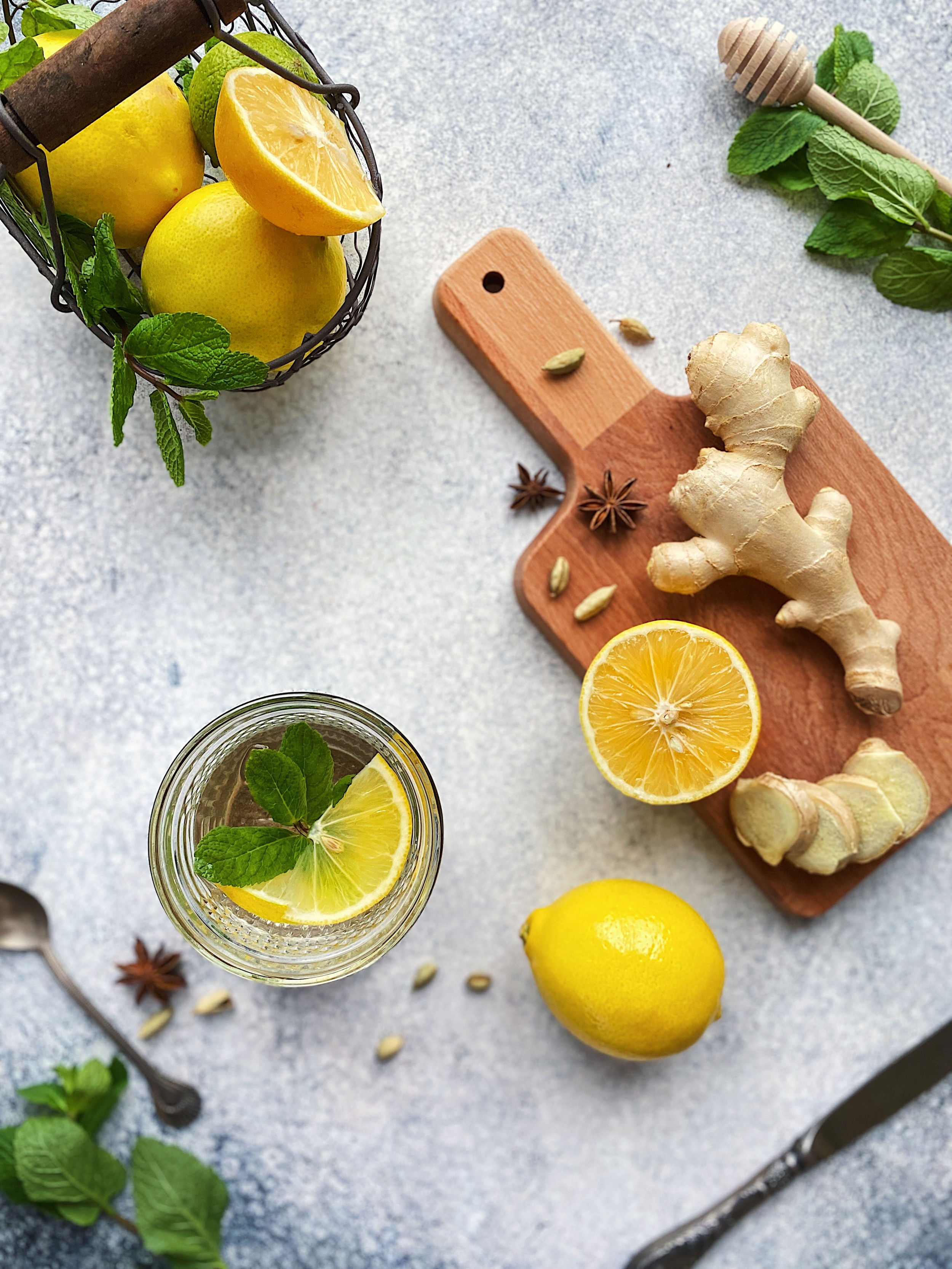This article will explore the versatility and popularity of fresh ginger in Western cuisine, as well as how to incorporate it into traditional dishes and experiment with new and unique recipes
Ginger has long been a staple in Asian cuisine, but in recent years it has become increasingly popular in Western cooking as well. Fresh ginger is a versatile ingredient that can add a spicy and sweet flavor to both savory and sweet dishes. Not only does it taste great, but ginger also has a range of health benefits, including anti-inflammatory and immune-boosting properties. In this article, we'll explore the many ways you can use fresh ginger in Western cooking, from incorporating it into traditional dishes to experimenting with new and unique recipes. So, whether you're a longtime ginger lover or a curious culinary explorer, read on to discover the delicious and nutritious world of fresh ginger in Western cuisine.

Introduction to Fresh Ginger in Western Cuisine
Fresh ginger, a staple in Asian and Indian cooking, has now made its way into Western cuisine. With its unique zesty flavor and numerous health benefits, it's no wonder ginger has become so popular in Western dishes. This article will explore the versatility and popularity of fresh ginger in Western cuisine, as well as how to incorporate it into traditional dishes and experiment with new and unique recipes.
The Versatility of Fresh Ginger
Fresh ginger is incredibly versatile and can be used in both sweet and savory dishes. Its flavor can range from sweet and tangy to warm and spicy, making it a perfect ingredient for a variety of recipes. In addition to its distinct flavor, ginger also adds a nice texture to food when grated or chopped.
The Popularity of Ginger in Western Dishes
Ginger has become increasingly popular in Western dishes in recent years, with chefs using it to add depth of flavor and a hint of spice to their recipes. It's commonly used in marinades for meats and vegetables, as well as in soups, stews, and baked goods.

Health Benefits of Using Fresh Ginger in Your Cooking
Not only does fresh ginger add delicious flavor to your dishes, but it also offers various health benefits. Here are just a few reasons to incorporate fresh ginger into your cooking:
Anti-Inflammatory Properties of Fresh Ginger
Ginger contains compounds that have anti-inflammatory properties, which can help reduce inflammation and pain in the body.
Benefits for Digestive Health
Fresh ginger aids digestion by helping the body break down and absorb food. It can also alleviate nausea and vomiting.
Immune-Boosting Properties of Fresh Ginger
Ginger has immune-boosting properties that can help fight off illness and infections.

Incorporating Fresh Ginger into Traditional Western Dishes
Adding fresh ginger to traditional Western dishes is an easy way to elevate the flavor and add some health benefits. Here are a few ideas for incorporating ginger into your favorite dishes:
Ginger in Baked Goods
Add grated or diced fresh ginger to muffins, cookies, and cakes for a unique twist on classic baked goods.
Ginger in Soups and Stews
Add fresh ginger to soups and stews for a warm and spicy flavor. It pairs well with chicken, beef, and vegetable-based soups.
Ginger in Meat and Vegetable Dishes
Use ginger to marinate meats or add it to stir-fried vegetables for an added kick of flavor.

Experimenting with Fresh Ginger in New and Unique Ways
For those who love to experiment with new recipes, fresh ginger offers endless possibilities. Here are a few ideas to get you started:
Ginger in Beverages and Cocktails
Add grated ginger to hot tea or use it to make a refreshing ginger lemonade. You can also use it to add some spice to your favorite cocktail.
Ginger in Salad Dressings and Sauces
Whisk grated ginger into your favorite salad dressing or use it to make a homemade stir-fry sauce.
Ginger in Desserts and Sweet Treats
Try adding fresh ginger to your favorite fruit salad or use it to make a ginger-spiced whipped cream to top off your desserts. It also pairs well with chocolate for those with a sweet tooth.

Understanding the Flavor Profile of Fresh Ginger and How to Use It
The Spicy and Sweet Flavor of Fresh Ginger
Fresh ginger has a unique flavor profile that adds a spicy and sweet note to dishes. It has a slightly pungent and peppery taste with a subtle sweetness. It is perfect for adding depth to savory dishes and a delicious kick to sweet treats.
Using Fresh Ginger in Different Forms
Fresh ginger can be used in different forms, including grated, minced, sliced, or juiced. It can also be pickled or candied for a sweeter taste. It is a versatile ingredient that can be used in a range of dishes such as stir-fries, curries, marinades, and baked goods.
Proportion and Balance in Using Fresh Ginger in Cooking
When using fresh ginger in cooking, it is essential to consider proportion and balance to avoid overpowering flavors. A general rule of thumb is to use one teaspoon of grated ginger per one pound of meat or vegetable. It is also important to balance the ginger with other ingredients such as garlic, onions, and herbs for a well-rounded flavor.

Where to Find and How to Store Fresh Ginger for Maximum Flavor
Finding Fresh Ginger at the Grocery Store or Market
Fresh ginger can be found in the produce section of most grocery stores and markets. Look for firm and smooth ginger with no signs of wrinkling or softness.
Storing Fresh Ginger for Longevity and Flavor
To store fresh ginger, keep it in a cool and dry place, away from sunlight. It can be stored in the refrigerator for up to three weeks or frozen for up to six months. If storing in the freezer, leave the skin on and grate the ginger while frozen when ready to use.
Using Fresh vs. Dried Ginger in Cooking
While dried ginger can be used in place of fresh ginger, it does not have the same flavor profile and may not add the same depth of flavor. Fresh ginger is ideal for adding a zesty kick to dishes. Dried ginger is best suited for baking and adding subtle flavor to dishes.

Ginger-Inspired Western Fusion Recipes to Try at Home
Ginger and Maple Roasted Carrots
Ingredients:
- 1 pound carrots, peeled and sliced
- 2 tablespoons fresh ginger, grated
- 2 tablespoons maple syrup
- 2 tablespoons olive oil
- Salt and pepper
Directions:
1. Preheat the oven to 375°F.
2. In a bowl, mix the ginger, maple syrup, olive oil, salt, and pepper.
3. Add the sliced carrots and toss to coat.
4. Place the carrots on a baking sheet and roast for 25-30 minutes until tender and caramelized.
Ginger and Soy Glazed Salmon
Ingredients:
- 4 salmon fillets
- 1 tablespoon fresh ginger, grated
- 2 tablespoons soy sauce
- 1 tablespoon honey
- 2 garlic cloves, minced
- Salt and pepper
Directions:
1. Preheat the oven to 375°F.
2. In a bowl, mix the ginger, soy sauce, honey, garlic, salt, and pepper.
3. Place the salmon fillets on a baking sheet and brush the glaze over each fillet.
4. Bake for 12-15 minutes, or until the salmon is cooked through.
Ginger and Pear Upside-Down Cake
Ingredients:
- 4 ripe pears, peeled and sliced
- 1/2 cup unsalted butter
- 1 cup brown sugar
- 2 tablespoons fresh ginger, grated
- 2 large eggs
- 1 1/2 cups all-purpose flour
- 1 teaspoon baking powder
- 1/4 teaspoon salt
- 1/2 cup milk
Directions:
1. Preheat the oven to 350°F.
2. In a skillet, melt the butter and add the brown sugar and ginger. Stir until the sugar is dissolved.
3. Arrange the sliced pears in the skillet over the sugar mixture.
4. In a mixing bowl, beat the eggs and add the flour, baking powder, salt, and milk. Mix until smooth.
5. Pour the batter over the pears and bake for 35-40 minutes, or until a toothpick comes out clean.
6. Let the cake cool for 10 minutes, then invert onto a plate.

Conclusion: The Versatility and Deliciousness of Fresh Ginger in Western Cooking
Adding Excitement and Flavor to Your Favorite Dishes with Fresh Ginger
Fresh ginger is a versatile and delicious ingredient that can add depth and zing to Western dishes. Whether you are roasting vegetables, glazing salmon, or baking a cake, fresh ginger can take your culinary creations to the next level. With its unique flavor profile and versatility, fresh ginger is a must-have ingredient in your kitchen.
Incorporating fresh ginger into your Western cooking is a simple and delicious way to add new flavors and health benefits to your meals. By understanding the versatility and flavor profile of this unique ingredient, you can experiment with recipes and create culinary delights that wow your family and friends. So, next time you're in the grocery store, pick up some fresh ginger and start exploring the endless possibilities of this aromatic root in your favorite Western dishes.
FAQ
What is the best way to store fresh ginger?
The best way to store fresh ginger is in the refrigerator, either in a plastic bag or wrapped in paper towels to keep it dry. It will keep well for up to three weeks in the refrigerator and can also be frozen for even longer storage.
Can I use dried ginger instead of fresh in recipes?
While dried ginger does have a similar flavor profile to fresh ginger, it is more concentrated and can be overpowering in certain dishes. Whenever possible, it's best to use fresh ginger in recipes that call for it. However, if you don't have fresh ginger on hand, you can substitute 1/8 teaspoon of dried ginger for every tablespoon of fresh ginger called for in a recipe.
Is it safe to eat raw ginger?
Yes, raw ginger is safe to eat and is often used in recipes such as smoothies and juices. However, ginger can be quite spicy and may cause digestive discomfort in some people if consumed in large quantities. If you're new to eating raw ginger, start with a small amount and gradually increase the amount as your taste buds adjust.
What are some health benefits of using fresh ginger in cooking?
Fresh ginger has a range of health benefits, including anti-inflammatory properties that can help reduce pain and swelling in the body. Ginger has also been shown to aid in digestion and may help boost the immune system. Additionally, ginger has anti-nausea properties and is often used to alleviate symptoms of motion sickness and morning sickness during pregnancy.
